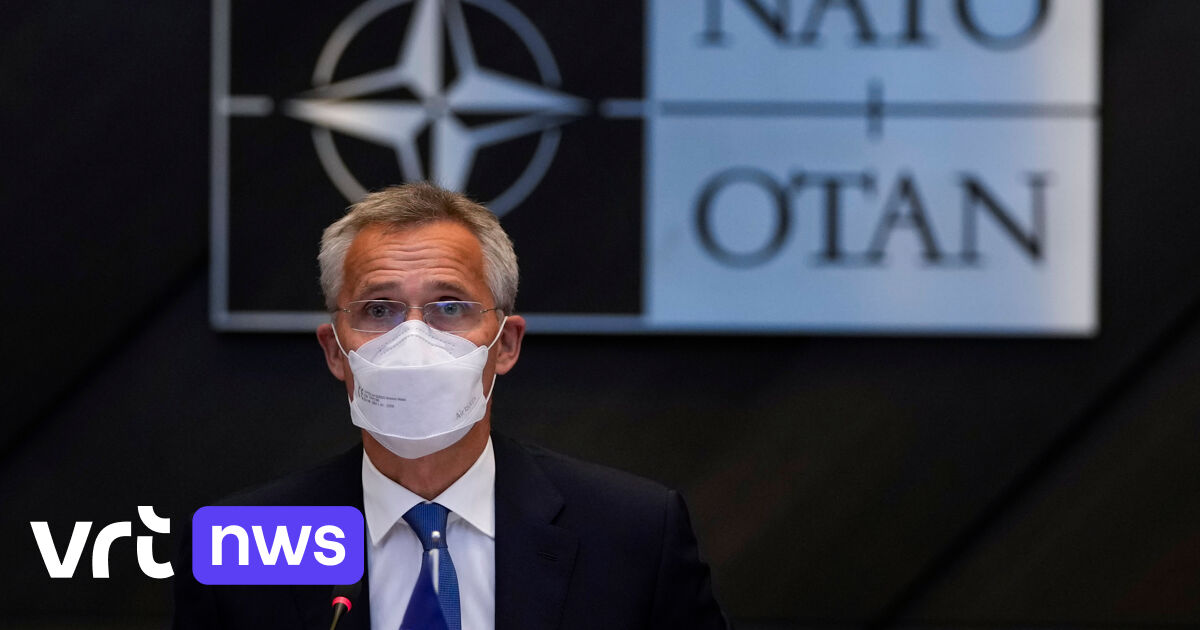“Over the past few weeks, we have seen large and unusual concentrations of Russian armed forces on the Ukrainian border,” Stoltenberg said at a press conference in Brussels, which also included Ukrainian Foreign Minister Dmytro Koeleba. More provocations or aggression would be a cause for concern, Stoltenberg said, adding that NATO is monitoring the situation “very closely.”
Koeleba said good coordination is now important to deter Russia. However high the price of deterrence may be, the price of conflict is even higher, the minister said.
Since 2014, parts of Ukraine’s eastern regions of Luhansk and Donetsk, in other words the Donetsk Basin, have been under the control of Russian-backed separatists. Moscow has responded in recent weeks to similar accusations that it can move its troops within its own territory as it sees fit. The Russians are also annoyed by NATO military exercises in the Black Sea, calling it “a provocation”.
In recent weeks, Russia is said to have gathered 100,000 soldiers near the border of Ukraine. This would be the case, for example, on the Crimean peninsula occupied in 2014 and along the eastern border near Luhansk and Donetsk. At the beginning of this year, Russia had also gathered many troops in that area, but they have since disappeared. It is striking that the crisis over Ukraine comes at the same time as another east-west conflict, that between the European Union and Belarus, an ally of Russia. Belarus would force thousands of migrants and refugees from the Middle East to cross the border into EU member state Poland in revenge for Western sanctions against the regime in Minsk.
–


